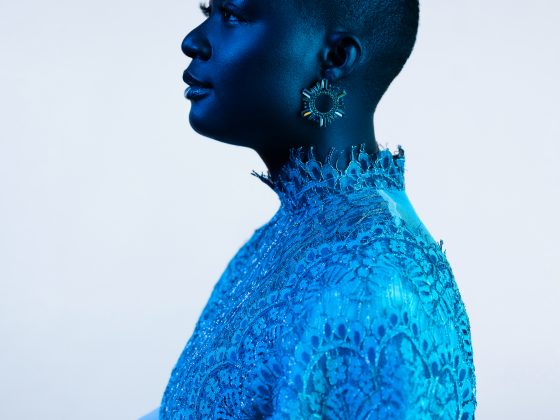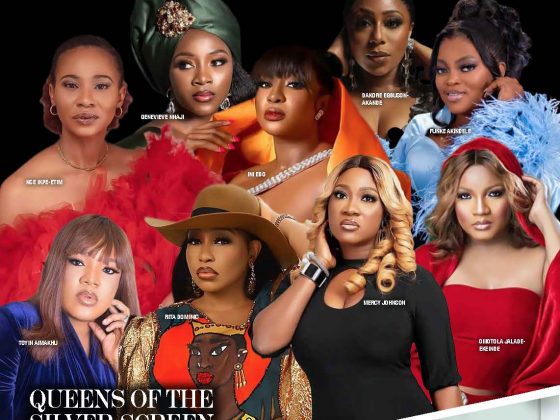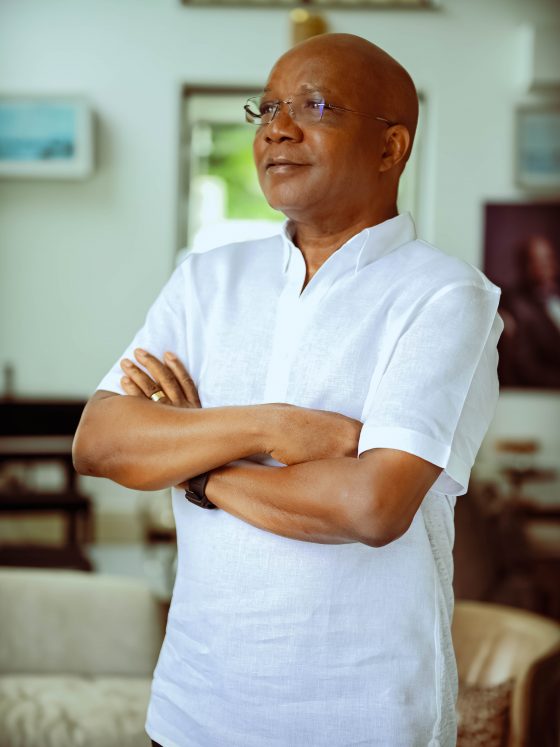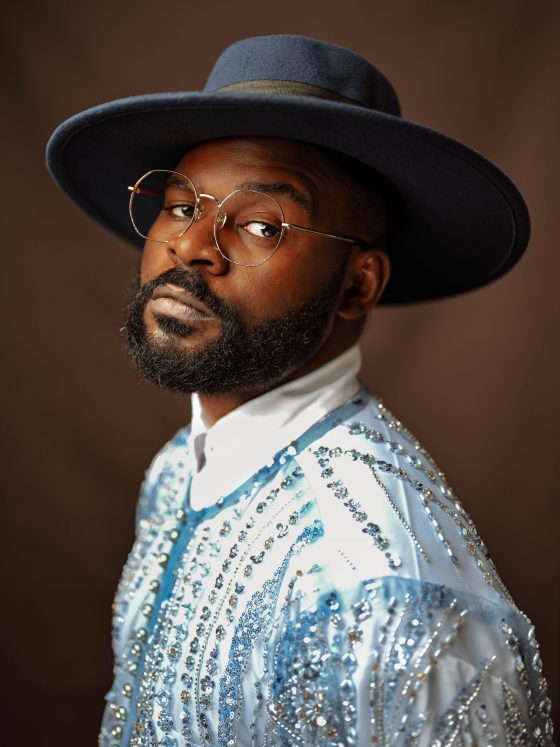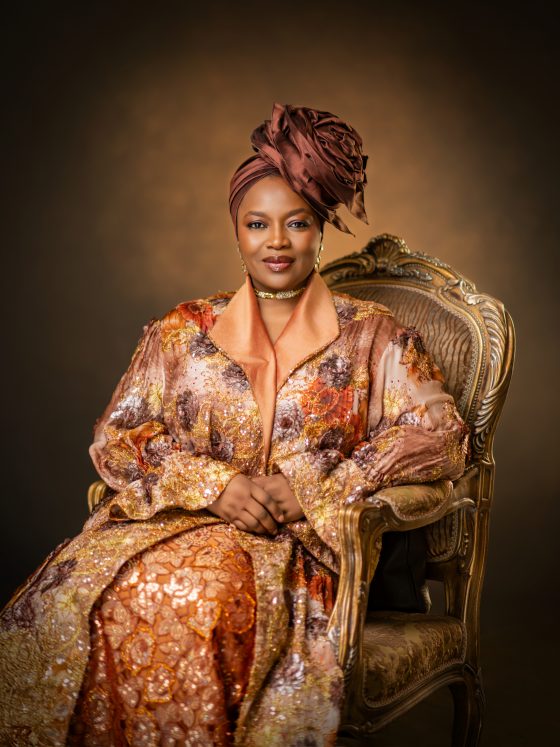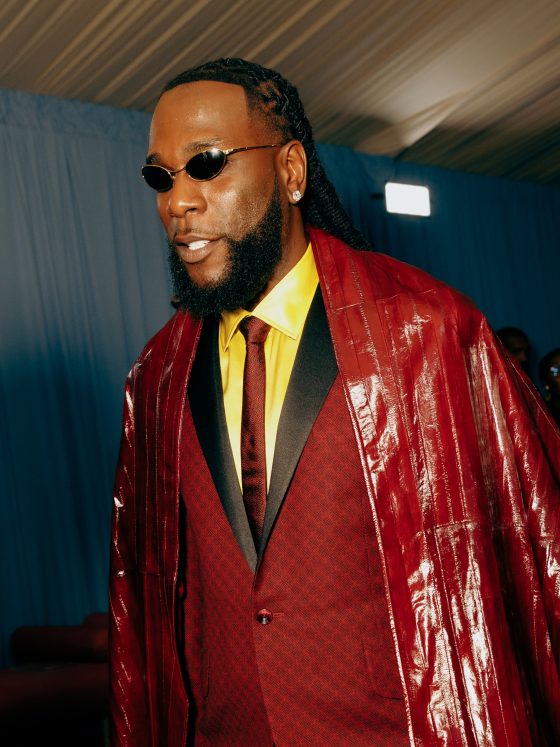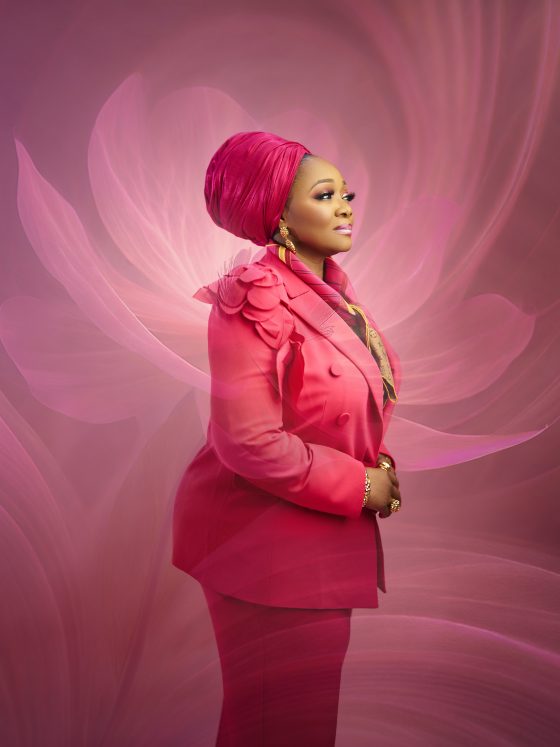By Funke Babs Kufeji
Ever so often, a masterpiece arrives on the art scene with such compelling authority that it recalibrates our understanding and appreciation of an entire culture’s artistic output.
Such has been the case with Nigerian contemporary art, which has for a while now catapulted onto the global stage with phenomenal auction results and international acclaim. Central to this narrative are two iconic paintings by the late Nigerian artist Ben Enwonwu—Tutu and Christine. These portraits, fetching $1.5 million and $1.4 million respectively at prestigious London auction houses Bonhams and Sotheby’s, symbolised the dramatic rise of Nigerian art in the global market.
A decade ago, major African artists were conspicuously absent from international auctions. Today, Africa—and Nigeria in particular—commands a very visible spot on the global art stage. This transition is not just about the monetisation of Nigerian art but the reflection of a deeper cultural shift towards appreciating and understanding the rich, diverse narratives that our artists bring to the fore.
Historically, Nigeria has been a crucible of culture, with artistic expressions rooted deeply in the tribal motifs, rituals, and customs from the ancient Kingdom of Benin to the Yoruba arts. However, the past few decades have seen a seismic shift. A new generation of Nigerian artists, imbued with the influences of modernism and global trends, coupled with the democratisation of information via the internet, has started to redefine what Nigerian art stands for. The changing landscape is also mirrored in the educational and professional choices of young Nigerians, who are increasingly embracing creative careers over traditional white-collar paths.
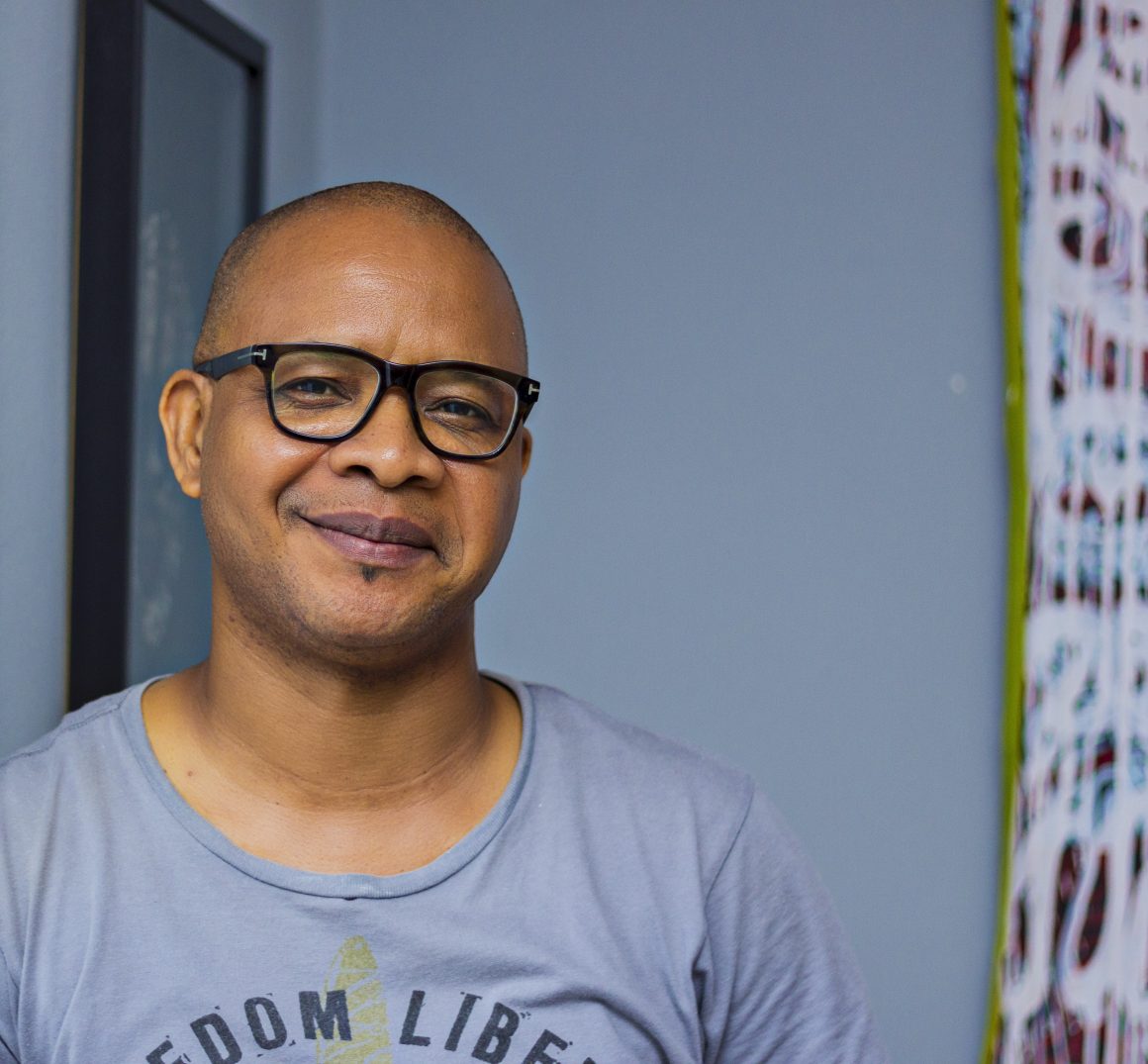

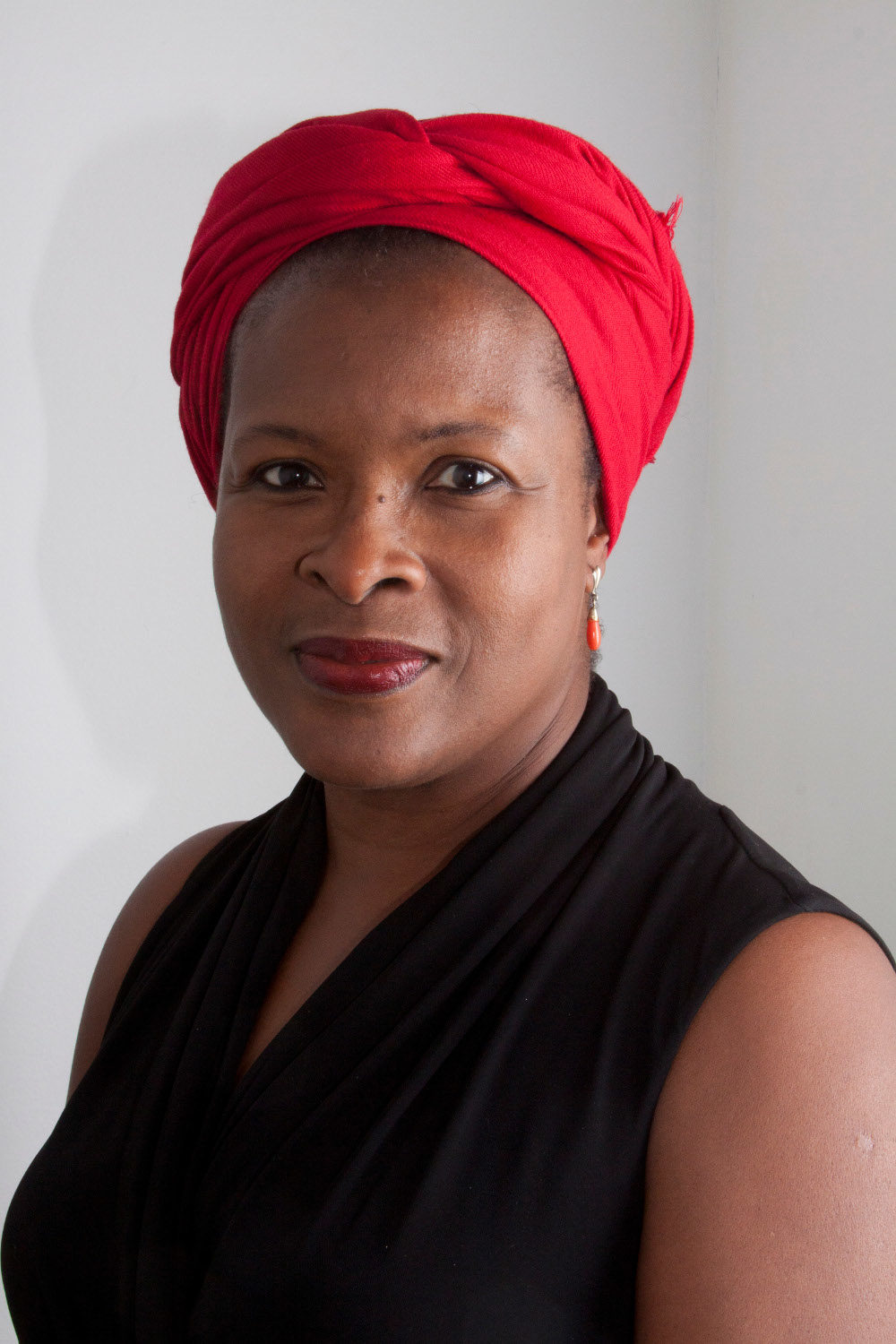

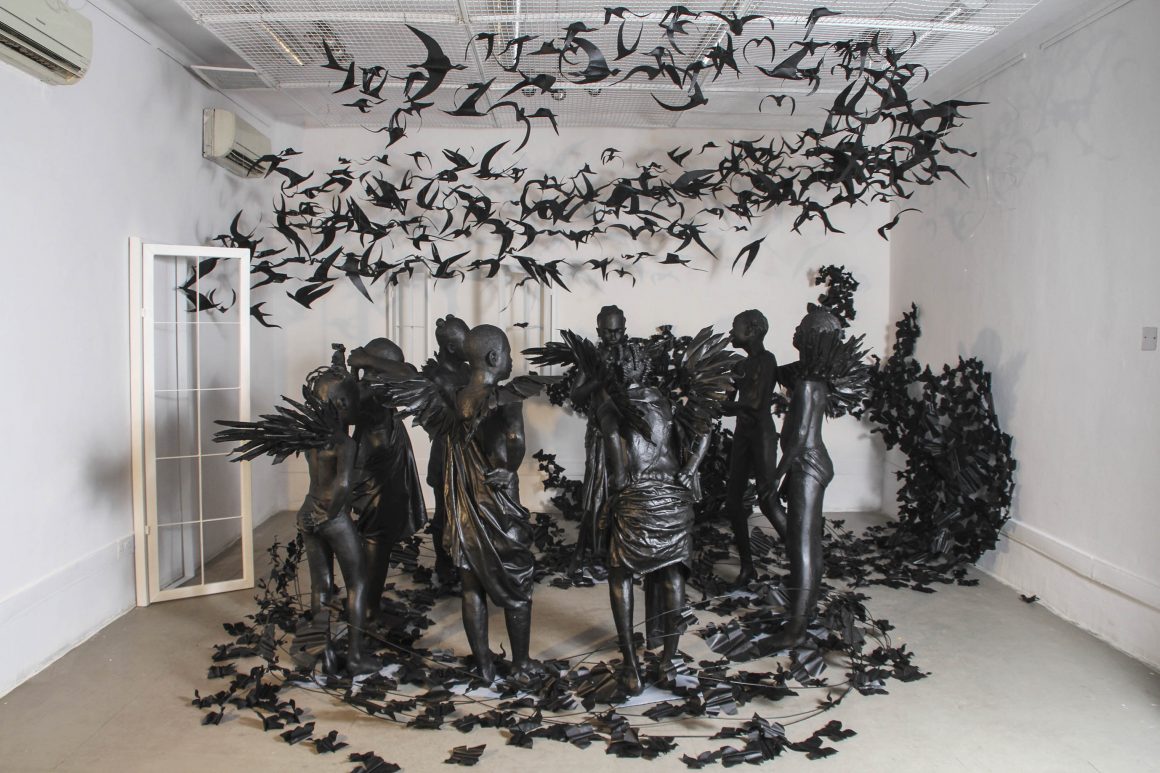
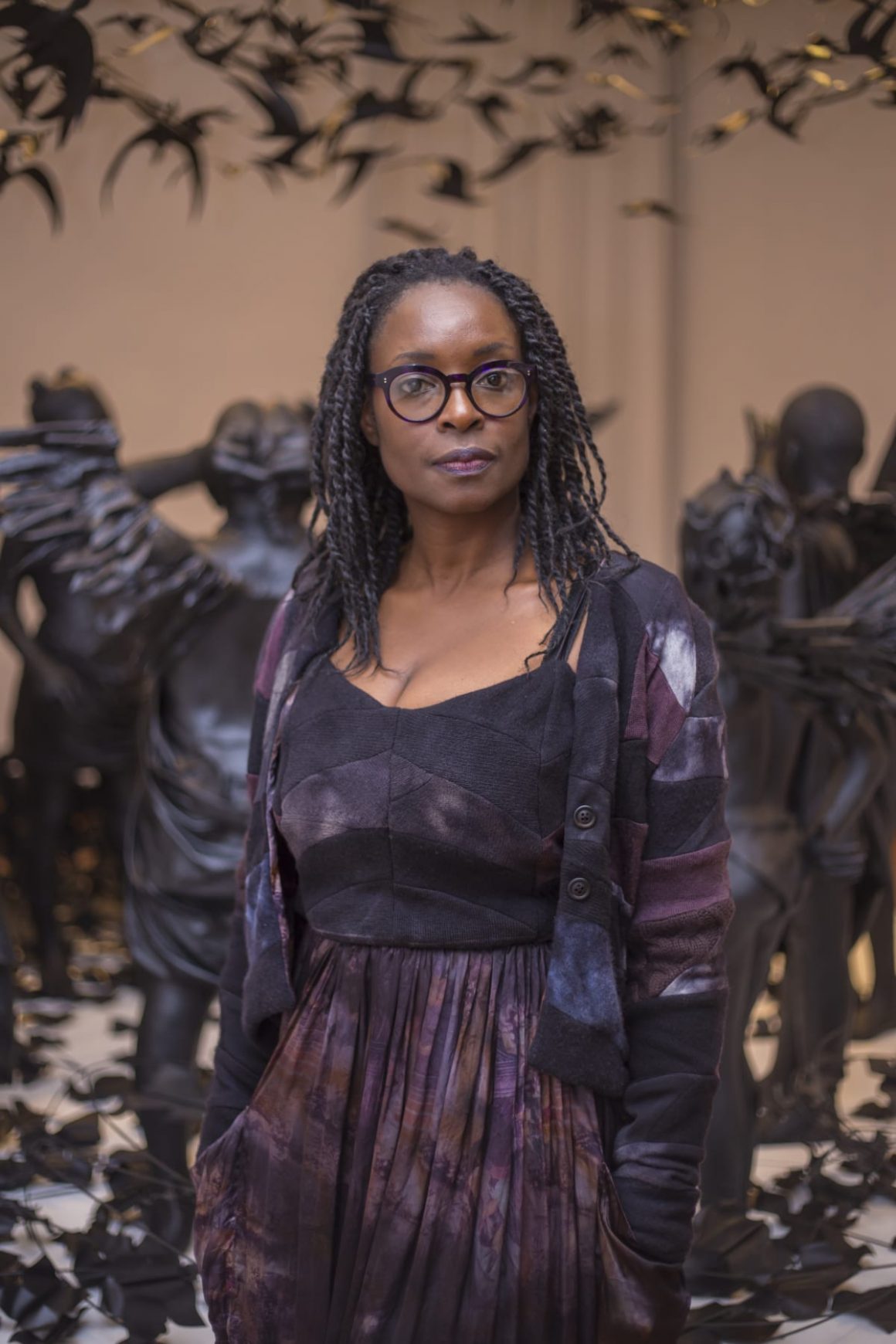
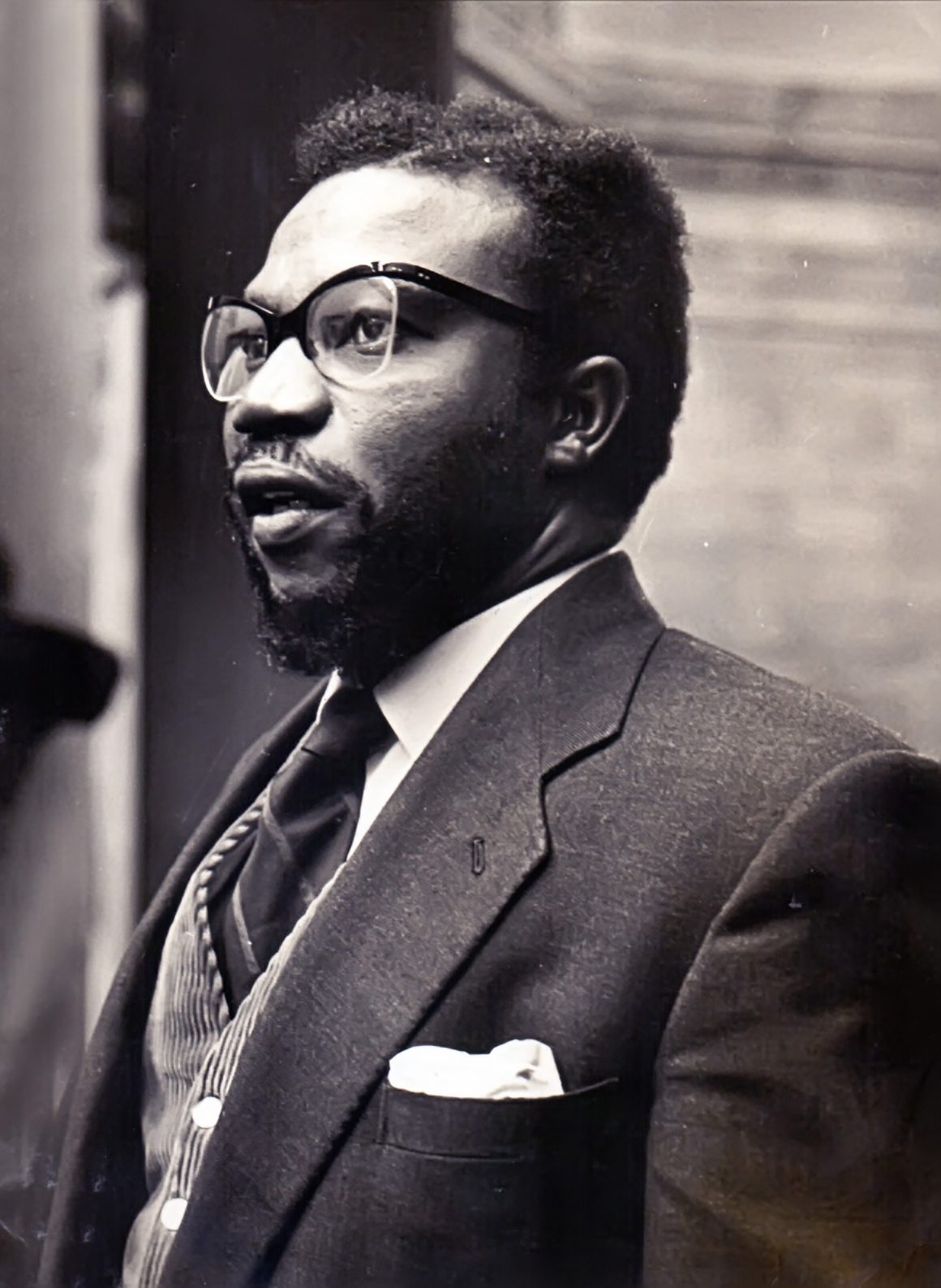
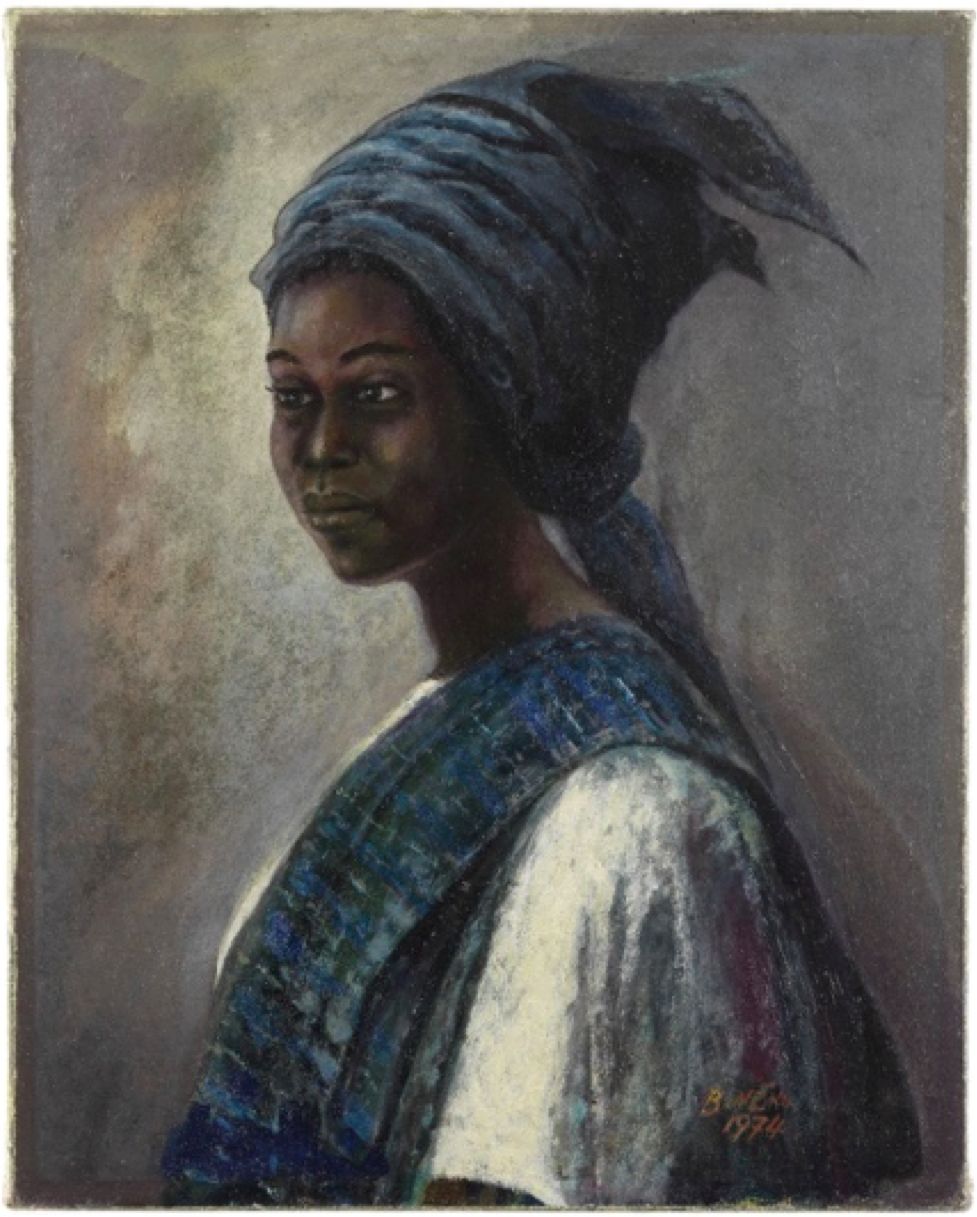





From the politically charged works of Victor Ehikhamenor to the bold abstractions of Peju Alatise, Nigerian artists are using their canvases to tell new stories of our tradition with a vibrant modernity.
We can’t also ignore pivotal moments like Sokari Douglas Camp’s steel sculptures finding their home in the British Museum or Yinka Shonibare’s “Nelson’s Ship in a Bottle” making a statement in London.
Or the works of the likes of El Anatsui, a Ghanaian-born titan of contemporary art who has spent over four decades in Nigeria. Anatsui’s awe-inspiring work from discarded bottle caps and metal scraps, challenge traditional notions of sculpture and installation art. Exhibited across leading galleries worldwide, his works are not only visually arresting but also carry a potent commentary on global consumerism.
There are also artists like Njideka Akunyili Crosby who has a 2017 botanical painting, titled “Bush Babies”, which recently sold for $3.4 million USD. Her work intertwines Nigerian motifs with Western aesthetics and creates a dialogue that transcends borders. Her art, like many others, does not shout but rather converses with the observer, inviting them to look closer and understand deeper.
Technological advancements have also further amplified the reach and impact of Nigerian artists, offering unprecedented access to learning resources, international networks, and collaborative opportunities. Noteworthy platforms fostering this growth include the Lagos Biennial and Art X Lagos, which not only showcase the diversity of African creativity but also attract a global audience, enhancing Nigeria’s cultural footprint. Most importantly, the Nigerian government has also begun to recognise the importance of nurturing this creative ecosystem.




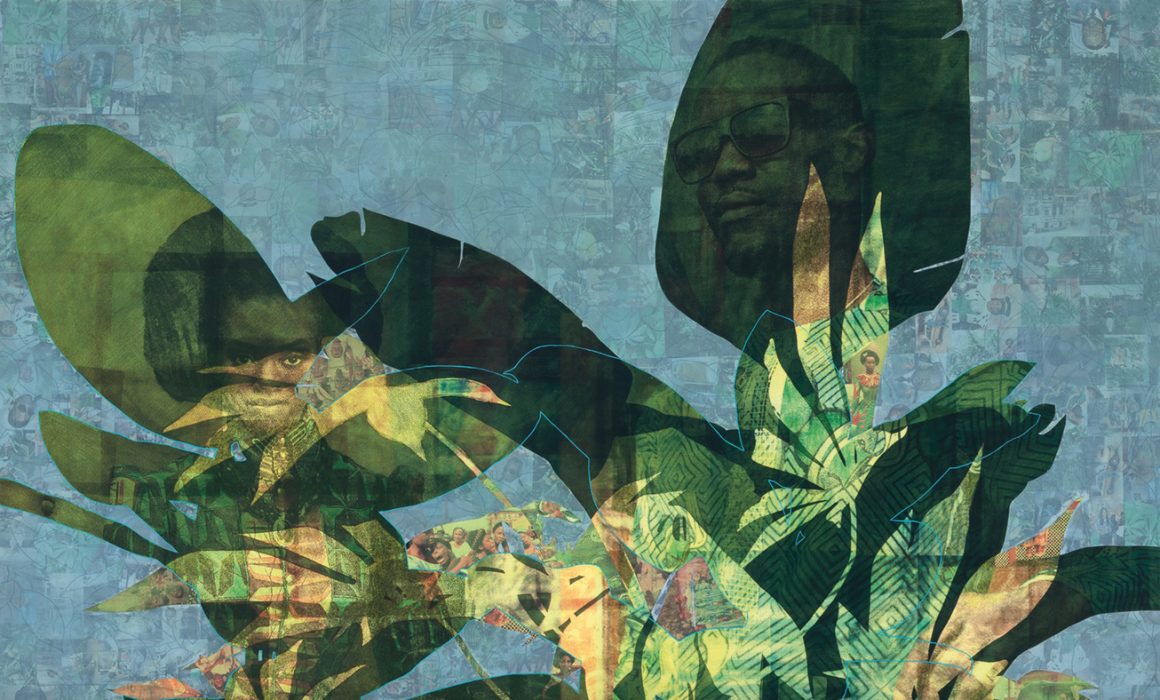
Investment in Nigerian contemporary art is not just a financial venture; it’s a cultural and emotional investment. Collectors say, “When you buy Nigerian art, you’re not just hanging a piece on your wall; you’re adopting a piece of the nation’s soul.”
Amidst this narrative of ascent, it’s crucial to acknowledge that the path has not always been a clear, upward trajectory. Challenges like funding, recognition, and infrastructure have long plagued the Nigerian art scene. Yet, these hurdles have only added depth to the art that overcomes them, much like the intricate scars that adorn the bronze sculptures of Benin, adding beauty and history to each piece. The local art market is still burgeoning, with few collectors and galleries dedicated to contemporary works. Addressing these challenges will require concerted efforts in art education, public engagement, and investment in cultural institutions.
The future of Nigerian contemporary art is as bright as the colours that dance on the canvases of artists like Jacqueline Suowari, says a Lagos-based curator. “We are only scratching the surface of what Nigerian artists can do,” he muses with a spark in his eyes. “Our art is a journey, and the whole world is coming along for the ride.”

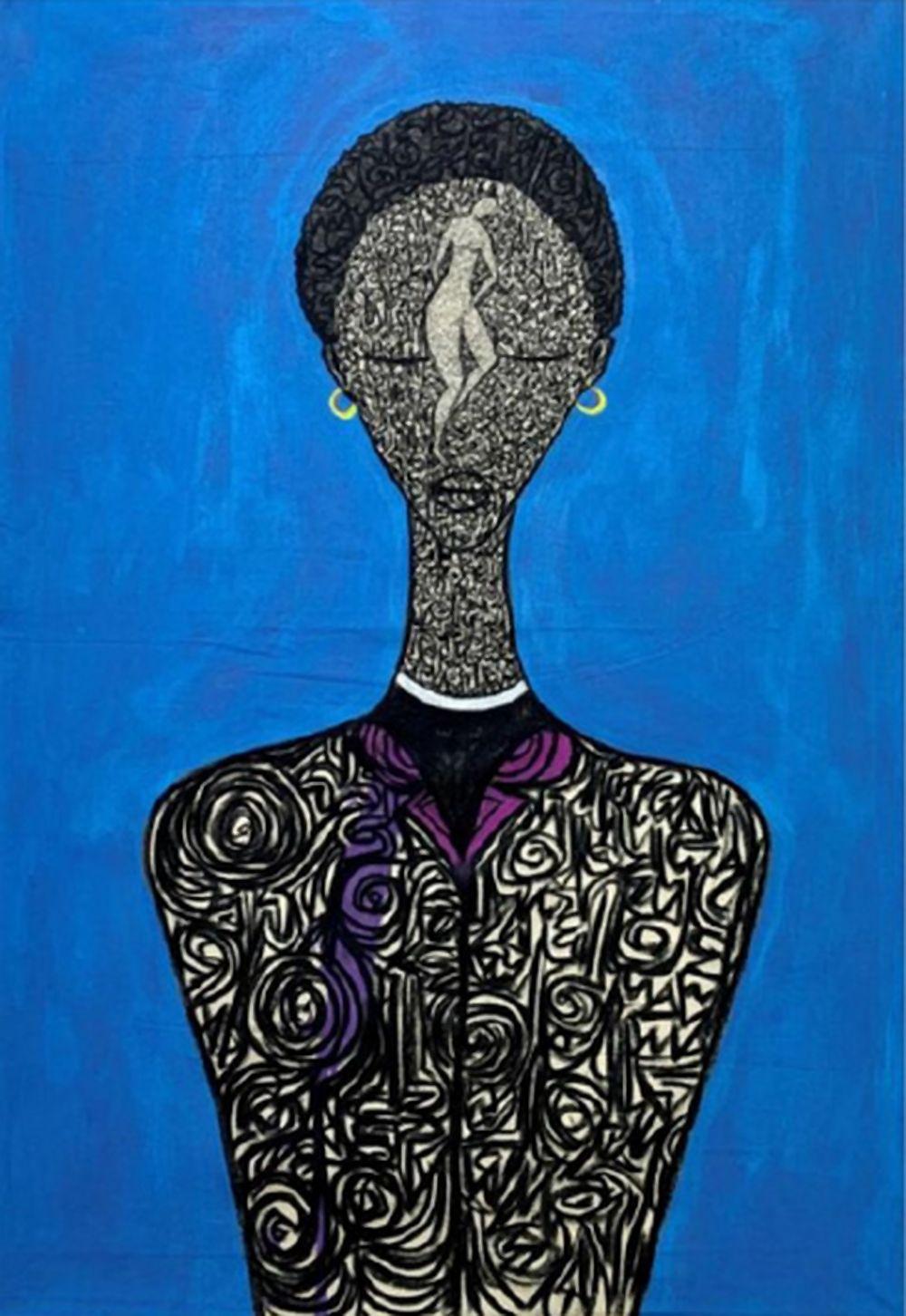
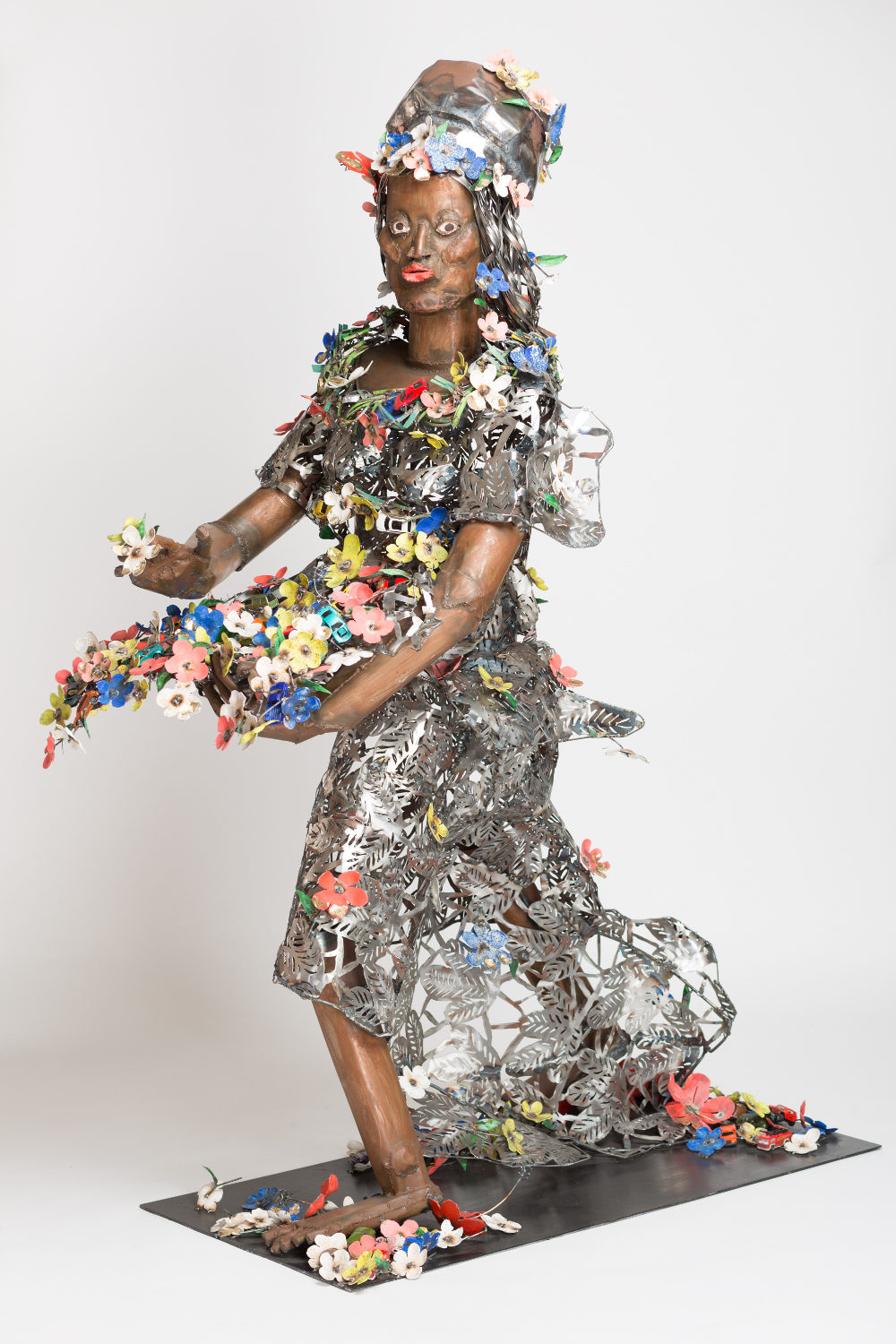

In this unfolding narrative, every curator, artist, and enthusiast plays a pivotal role. And for those still contemplating the depth and vibrancy of Nigerian contemporary art, the message is clear: Dive in now, because as this cultural renaissance unfolds, you’ll want to say you had a front-row seat. To the movers and shakers of the Nigerian art scene, we salute you. To the art lovers and collectors, grab these masterpieces while you can. The rise of Nigerian art is not just a moment—it’s a movement.
The next time you find yourself before a Nigerian piece, pause and listen. You’re not just viewing an artwork; you’re partaking in a conversation centuries in the making. And perhaps, just maybe, you’ll find that the piece is whispering back to you, offering insights into a world both ancient and refreshingly new.


